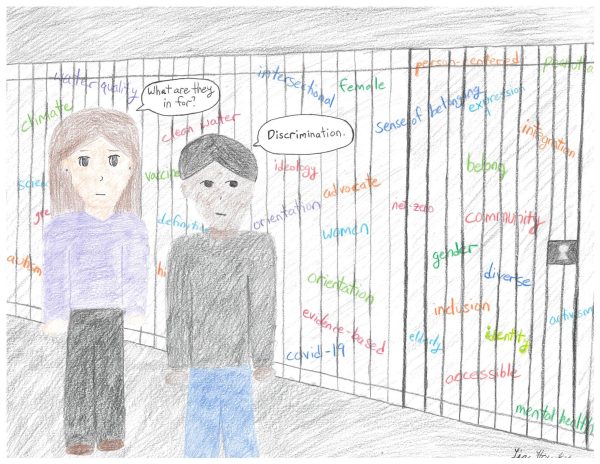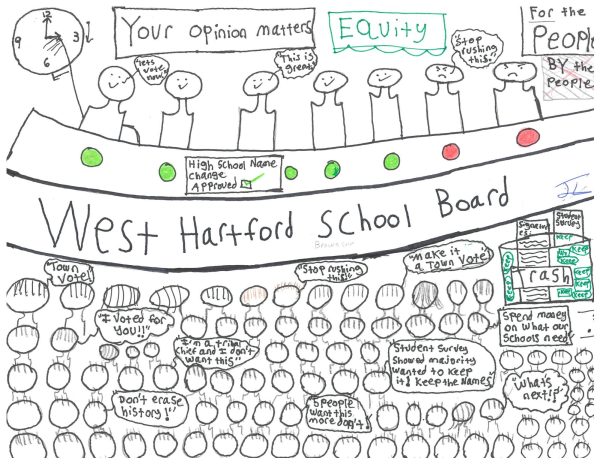The Ethical Dilemma of Climate Change in School
A priority for environmentalists and eco-conscious civilians alike – as well as anyone else who would like to see the survival of humanity – climate action has been a surprisingly controversial, pressing topic in the media. In America, there’s the most recent presidential debates featuring unprecedented talk about climate change from the likes of Bernie Sanders, Elizabeth Warren, and Joe Biden. And the whole world learned about 16-year-old Swedish climate activist Greta Thunberg, who rose to recognition after protesting her nation’s inadequate action to fight the climate crisis with a school strike. So it should come as no surprise that the students of America have joined the fight.
Thunberg’s “Fridays for Future” initiative, through which students skip some school on Fridays to attend climate rallies, has sparked a modern, accessible form of protest perfect for the activists of the newest generation. With youth having such little power over so many issues, the chance to fight for the planet’s future is a rare opportunity to reclaim a voice all too often dismissed as too naive, ignorant, or unwise.
Except when we’re in school.
At Hall, recycling and trash bins alike are dumped into the same waste containers, brought to the same landfill to join heaps of non-biodegradable trash. While this is a practice common to many high schools, and logistical concerns of ensuring that each item is in the correct bin may be valid, it still feels, as a high school student trying to change my habits to be more environmentally friendly, like a defeat.
Moreover, even in our increasingly technological society, pencil and paper curriculum abounds in our classrooms. Some may argue that the physical act of writing improves material retention and memory; others insist that physical copies make grading easier and more reliable.
The supposed convenience of this paper usage doesn’t change the fact that the average high school consumes at least 360,000 sheets of paper in a single school year.
That is 43 trees per year, just at Hall. If that doesn’t seem like a lot, realize that, as of the 2015-16 school year, there were at least 98,277 public schools in the United States. That paper usage is astronomical, and kills around 4 million trees a year. And if this is the paper supplied by and used chiefly by faculty, imagine the footprint of every student, each with their own folders, notebooks, and printed assignments. It is the second week of October as I’m writing this, and in my 5-subject notebook, I’ve already used more than 90 pages for notes.
I could talk about the plastic utensils and Styrofoam plates in the cafeteria and the countless unnecessary lights that illuminate the building long after the school day is done. I could mention a million more little things that accumulate like the hot, permanent trash in a landfill, and attempt to measure how much I’ve wrecked the planet in my 13 years in the West Hartford Public School system, but that figure is wildly unquantifiable and all too depressing to even consider.
We have a responsibility to ourselves and our society to do what we can, big or small, to help the environment. Maybe we can buy fewer plastic-wrapped goods, or feel guilty every time we consider the gallons of gas we’ve burned through in our cars. If we have the resources, however, like Google Classroom, Khan Academy, and other online educational tools, shouldn’t we push our administration to expand their ubiquity in our classes? The environmental compromises we make every day in school may seem impossible to undo, but by confronting these dilemmas, we may find ourselves with some unexpected wins.





